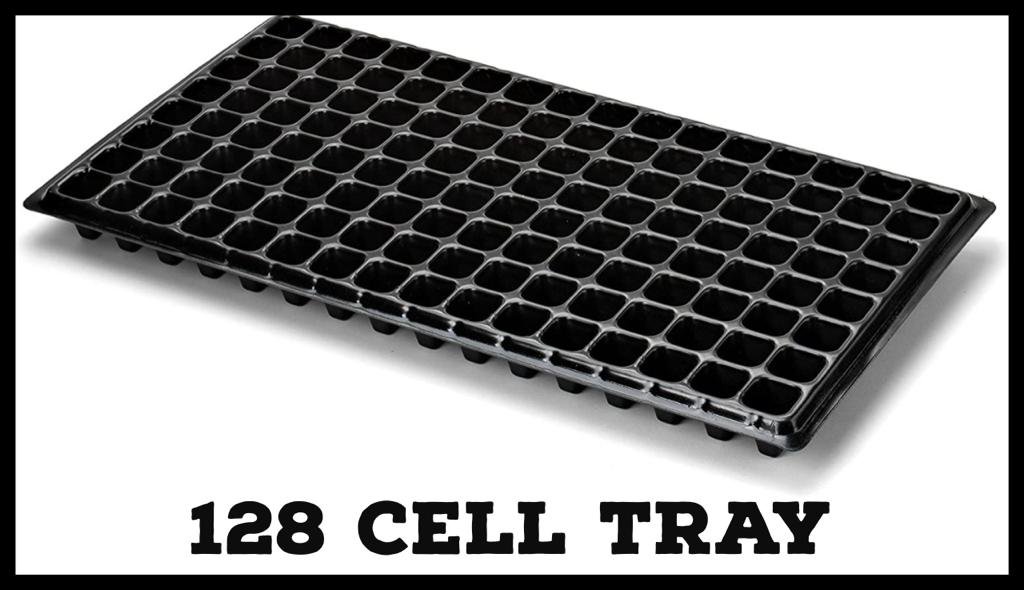Everything You Need to Know About Plant Trays: A Gardener’s Guide
In the world of gardening and plant care, plant trays might not get as much attention as soil, seeds, or fertilizers—but they are just as essential. Whether you’re a hobby gardener, a commercial grower, or someone who simply enjoys potted plants at home, using plant trays can make a big difference in how your plants grow and how easy they are to manage.
This article dives deep into the uses, types, materials, benefits, and buying tips for plant trays. By the end, you’ll have a clear understanding of why these seemingly simple accessories are a must-have for any plant enthusiast.
What Are Plant Trays?
Plant trays are flat, shallow containers designed to hold potted plants or seedlings. They are commonly used in both indoor and outdoor gardening to manage water drainage, improve plant organization, and maintain cleanliness.
They come in a variety of shapes, sizes, and materials—each suited to different gardening needs. From seed-starting trays to drip trays for houseplants, plant trays are highly versatile.
Uses of Plant Trays
Plant trays serve several functions, depending on their design:
1. Seed Starting
Many gardeners use trays with individual cells to start seeds. These trays make it easy to plant multiple seeds in a small space, manage early growth, and later transplant the seedlings without disturbing their roots.
2. Water Management
Trays placed under potted plants catch excess water that drains from the soil. This prevents water from leaking onto surfaces like windowsills, furniture, or greenhouse benches.
3. Mobility and Organization
Using a tray under multiple small pots makes it easier to move the plants as a group. This is especially useful in greenhouses or indoor growing environments where light or temperature needs change throughout the day or season.
4. Humidity Control
In enclosed environments, trays can be filled with water and placed beneath pots to increase humidity around plants. This is particularly helpful for tropical houseplants.
5. Propagation
Trays are essential for plant propagation. Cuttings placed in trays with a growing medium can be monitored more efficiently and given the right microclimate to root successfully.
Types of Plant Trays
There are several types of plant trays available, each designed with specific uses in mind.
1. Standard Flat Trays
These are shallow trays with no cells, perfect for placing multiple small pots or for use with seedling inserts. They often come with or without drainage holes.
2. Cell Trays or Plug Trays
These have multiple compartments and are ideal for seed starting. Each cell holds one plant, making it easier to manage seedlings.
3. Drip Trays
Placed under potted plants, these trays collect excess water and keep surfaces clean. They are essential for indoor plants.
4. Capillary Mat Trays
These trays come with a moisture-absorbing mat that distributes water evenly to all pots placed on it. Great for consistent watering.
5. Propagation Trays with Domes
Often used in greenhouses, these trays come with clear plastic covers to create a humid environment—perfect for seed germination and cloning.
Materials Used in Plant Trays
Choosing the right material for your plant tray is crucial, depending on your growing needs.
1. Plastic
The most common type, plastic trays are lightweight, affordable, and versatile. However, they can break down under prolonged sun exposure unless UV-stabilized.
2. Metal
Used more often in decorative or industrial settings, metal trays are durable and visually appealing but can be prone to rust if not treated properly.
3. Biodegradable Materials
Made from coconut coir, pulp, or peat, these are environmentally friendly and used mostly for seed starting. They can be planted directly into the ground.
4. Ceramic and Clay
These are used for aesthetic purposes, especially indoors. While attractive, they are heavier and more expensive.
Benefits of Using Plant Trays
Still wondering if plant trays are worth the investment? Here are several benefits that make them indispensable:
1. Cleaner Growing Environment
Trays help contain soil, water, and plant debris, making cleanup easier and reducing mess in your home or greenhouse.
2. Better Water Control
Using trays reduces the risk of overwatering by allowing excess water to drain freely and be collected.
3. Healthier Plants
With proper drainage and easier humidity control, plants are less likely to suffer from root rot or mildew issues.
4. Efficient Space Usage
Plant trays maximize growing space, especially when used for seed starting or in greenhouses.
5. Mobility
You can move a whole batch of plants by simply lifting the tray, reducing the risk of damaging individual pots.
How to Choose the Right Plant Tray
When shopping for plant trays, consider the following factors:
1. Size
Match the tray to the size and number of pots or the space available. Don’t forget to measure shelves, window sills, or greenhouse benches.
2. Material Durability
If you’re using trays outdoors or in high-humidity environments, choose UV-resistant and sturdy materials.
3. Drainage
Some trays have holes to promote drainage, while others are solid for catching water. Select based on your watering style.
4. Reusability
Invest in trays that are easy to clean and designed for repeated use if you’re gardening long-term.
5. Purpose
Decide whether you’re using it for seed starting, watering, decoration, or propagation. The function determines the best type.
Maintenance Tips
To ensure your trays last and function well:
- Clean trays regularly with mild soap to prevent algae or mold buildup.
- Inspect for cracks or breaks—especially with plastic trays.
- Store properly during the off-season, preferably indoors or in a dry location.
Conclusion
While often overlooked, plant trays are one of the most practical tools in any gardener’s arsenal. From improving plant health to making your gardening space more organized and efficient, they offer countless benefits with minimal cost and effort.
Whether you’re nurturing tiny seedlings or managing a home full of lush greenery, investing in the right trays can significantly enhance your gardening experience. So next time you’re planning your plant setup, don’t forget the humble tray—it might just be the unsung hero your plants need.






